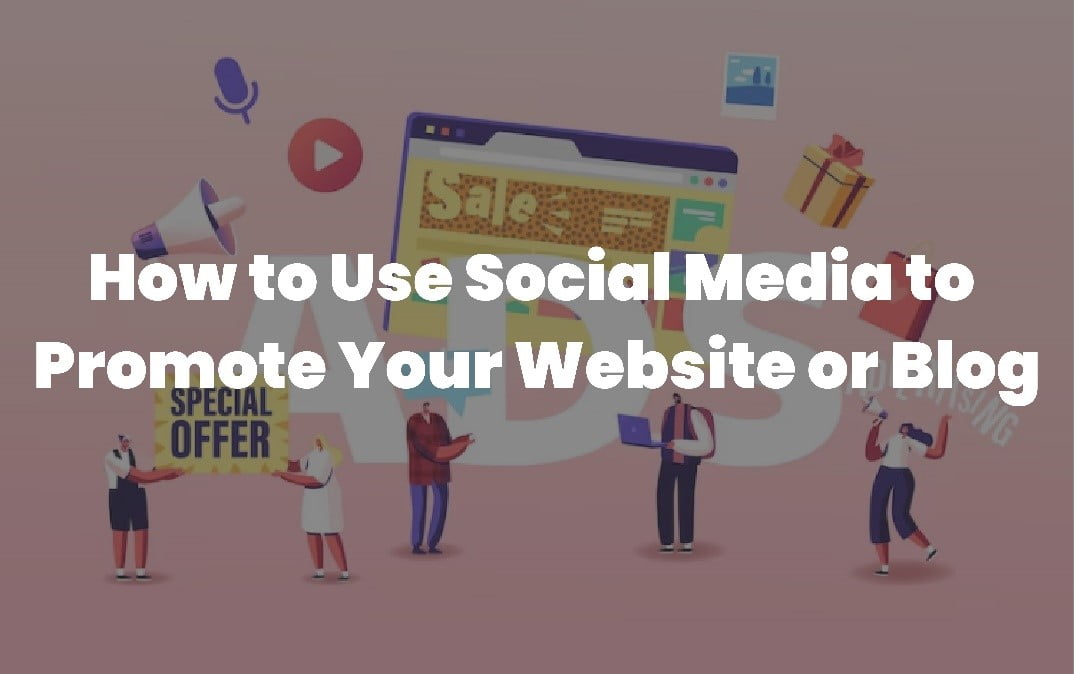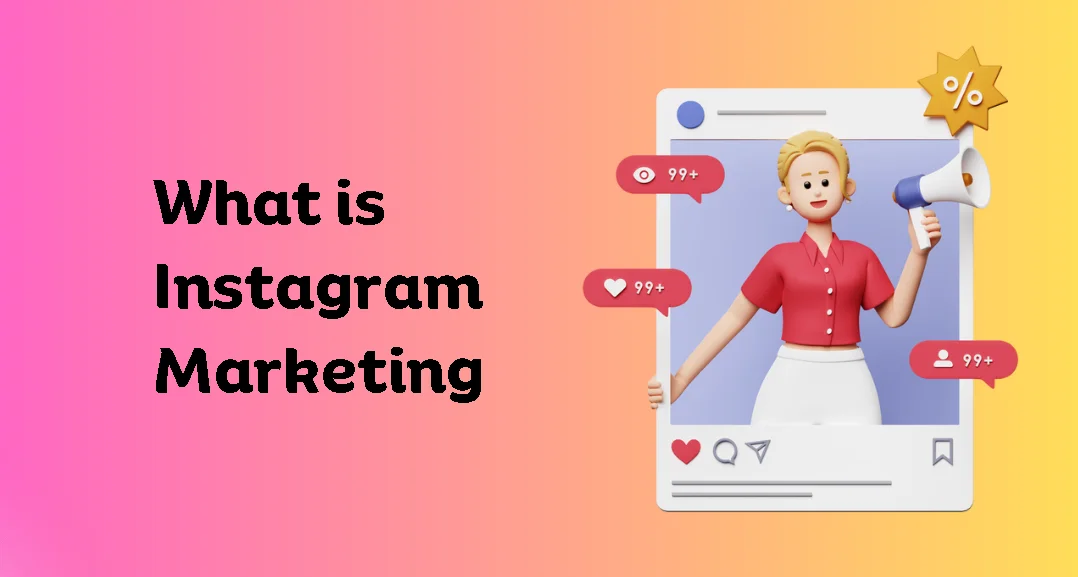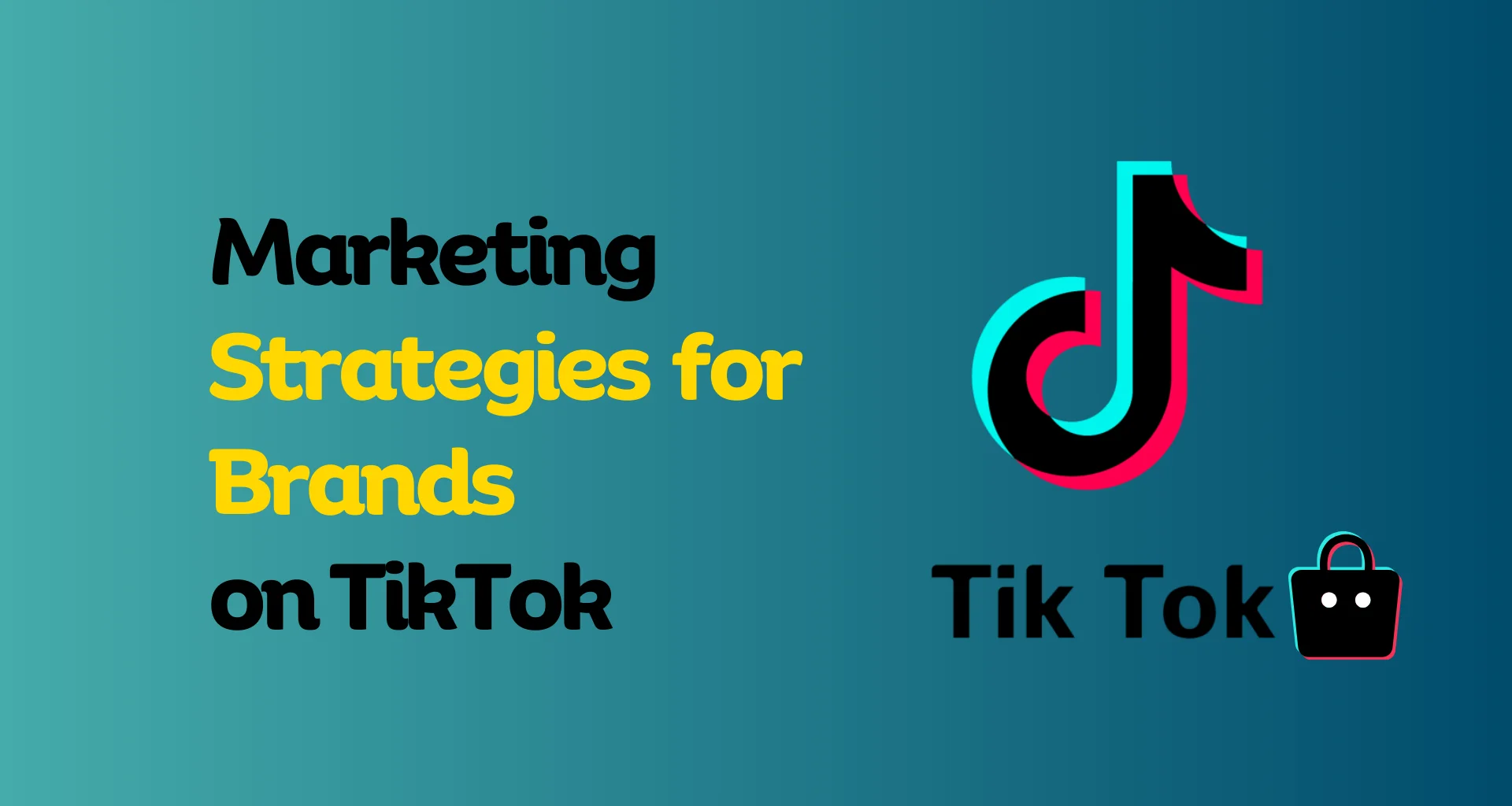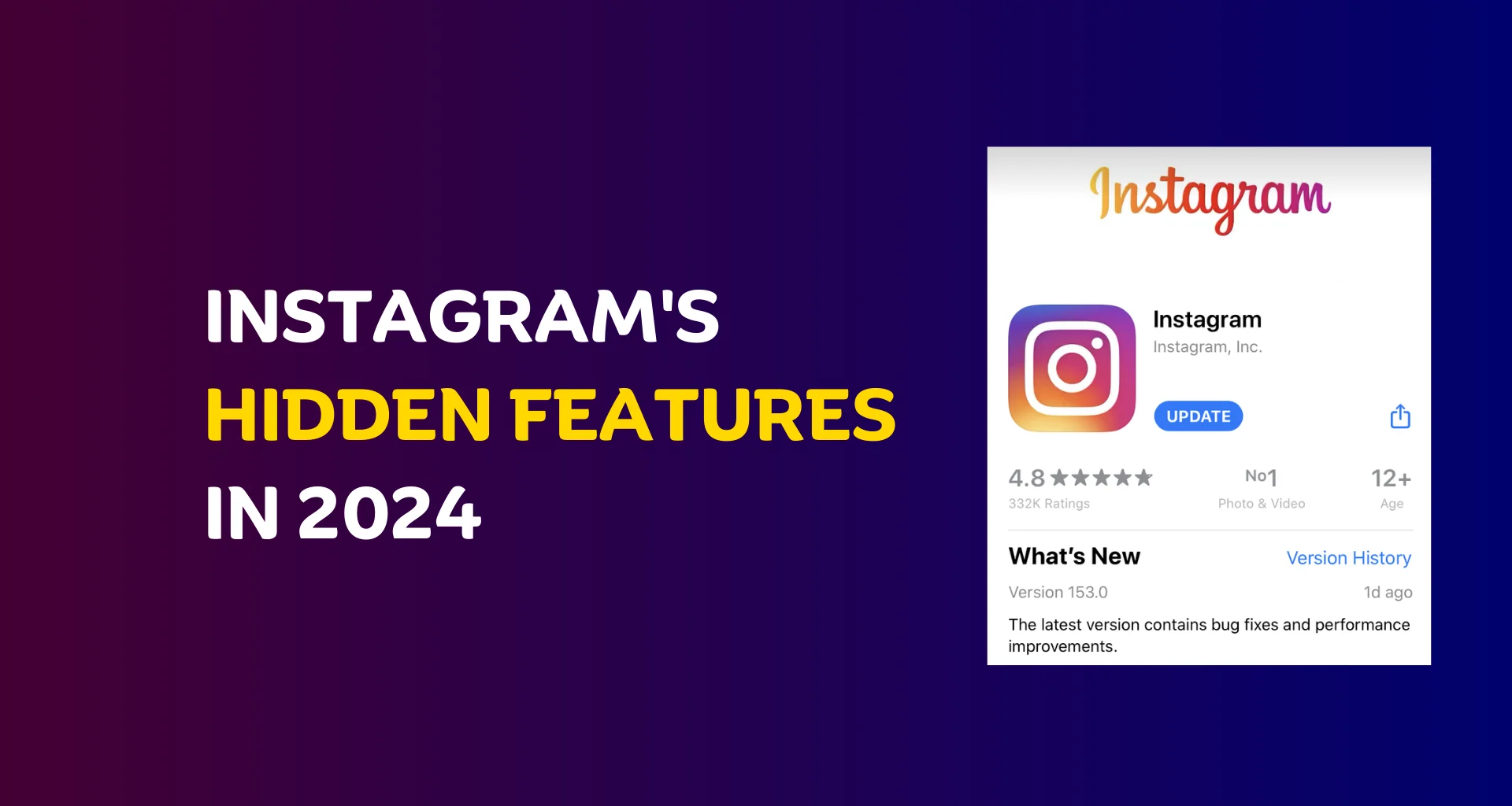In today’s modern era of social media, everything can be achieved with the help of social media whether it’s to promote your brand or to use it for amusement you name it.
It is essential to post entertaining, suitable, and engaging material on social media to increase traffic to a website or blog. Using hashtags and tagging others in your posts is another way to improve visibility and increase the probability of interacting with more people.
But the question you may be wondering is can social media be used to drive traffic to a website or blog?
Well, you are in the right place in this article we’ll share all the tricks and strategies that’ll help you generate traffic to your website or blog.

How Important is Website Traffic?
Website traffic is the blood life of your website or blog. It is the number of people who have visited and browsed through your website or blog. More traffic increases visibility, audience reach, and the likelihood of meeting your website’s objectives, like spreading your message, and generating leads, and content revenue.
Choose Your Social Media Platforms Wisely
With so many social media sites readily available, it is key to pick the ones that are suitable for your niche, consumer audience, and type of content. Every platform is different and has certain advantages over others.
How Do You Choose the Right Social Media Platforms

Analyze your target audience to find out which social media sites they like to use. Where do they mainly spend their time the most?
Content Compatibility
Look at the type of content you create. Visual content may perform well on platforms like Instagram or Pinterest which were created for visual content, while informative articles may find a home on LinkedIn or Twitter.
Competitor Research
Analyze where your competitors are active. If they’re successful on a particular platform, then choose the same platform as it may be the right platform for your niche.
Resources and Capacity
Assess your resources and capacity for maintaining your online presence on different platforms. It’s better to excel on a few platforms than to spread yourself too thin or because you do not know what platform may help you to flourish your success
Why is Choosing the Right Social Media Platform Important
Selecting the right platforms assures that your efforts are put in the right place where your target audience is most likely to engage with your content.
Optimize Your Social Media Profiles
Your social media profiles serve as the digital store for your website or blog. Optimizing them is the first step to attracting potential visitors. If your profile is engaging enough, then only it’ll motivate the user to visit your blog or website.
The online shop for your website or blog is represented by your social media accounts. The first step in luring potential visitors is to optimize them.
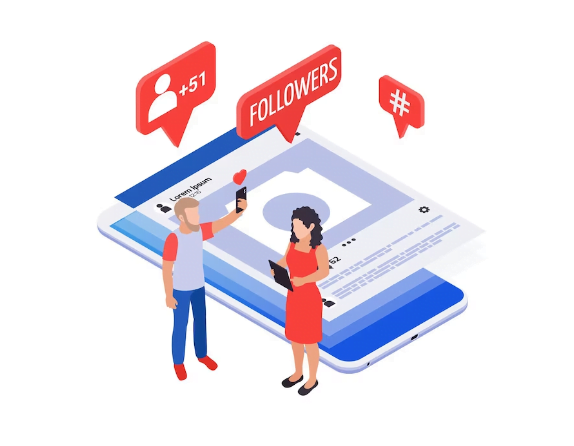
How Can You Make Your Social Media Profiles More Efficient?
Use the same profile picture, cover photo, and bio on all platforms to maintain consistency and authenticity in your branding. Make sure they represent your website and brand identity.
A concise and straightforward bio should highlight your niche and your value proposition, and include a link to your website or blog.
Use suitable keywords in your posts and bio for better accessibility.
Give accurate contact details such as your website’s URL and, if necessary, your email address too.
Why is Profile Optimization So Important for Traffic Generation?
An optimized profile not only shows professionalism but also makes it easy for potential visitors to find and connect with your website or blog without any problem.
Consistent Posting and Scheduling
Your social media publishing schedule should be consistent. Inconsistent posting can result in irregular traffic patterns or even less traffic generation.

How Do You Keep a Consistent Posting Schedule?
Make a content calendar that outlines what and when you’ll post on each platform. Prepare your content in advance. This will help you to keep an account of what has been posted so you don’t double-share your content and also an organized table is easy to work on.
Scheduling Tools
To automate your posts, use social media scheduling tools like Buffer, Hoot Suite, or Sprout Social.
Post when your targeted audience is most active to maximize engagement. To track peak hours, analyze platform insights.
Renewable Content
Include evergreen stuff means your content should not be outdated Keep with the trends and keep your content spicy. Also, your content should not be outdated quickly keep up with the things that don’t get down easily. This guarantees that previous postings will continue to receive traffic.
Why is Maintaining a Consistent Posting Schedule Important for Driving Traffic?
Consistency builds trust with your audience, which makes them more likely to return to your website or blog for fresh content.
Interact and Engage with Your Audience
The use of social media is reciprocal, so basically, it’s a two-way street whatever you give it, it’ll give you back. By interacting with your audience, you can build relationships and get them to visit your blog or website frequently.
How Can You Effectively Interact with Your Audience?

Respond Quickly
Swiftly and politely respond to comments, messages, and mentions.
Encourage conversation by asking questions or requesting feedback on subjects that are associated with your area of knowledge and interest
Live Interaction
Host live events like live sessions or Q&A sessions to engage directly with your audience in conversation.
Share content created by different users that is relevant to your website or blog by sharing this kind of stuff that is created by your audience it’ll encourage your audience to engage more with your content and also will help it grow by sharing on different platforms.
Measure and Analyze Results
It is very important to keep track of whether or not your social media activities are performing well and paying off or not. So you can alter your strategy depending on data-driven insights thanks to it.
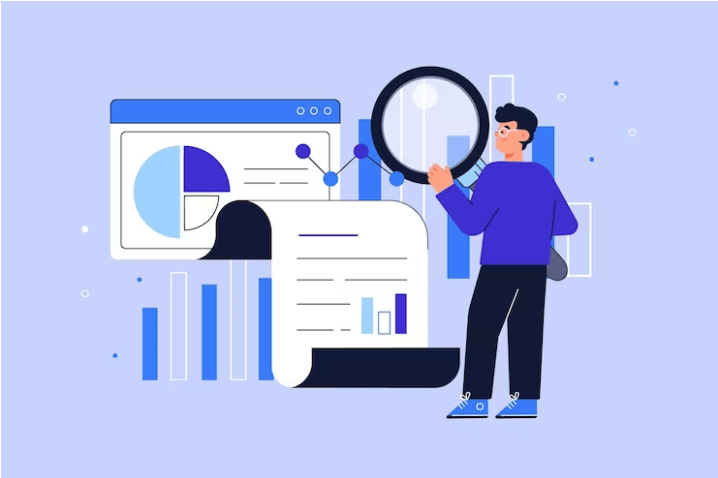
What Metrics Should You Monitor for Evaluating Your Performance on Social Media?
Click-Through Rate (CTR)
Measure the percentage of visitors who visited your website or blog after clicking on one of your social media links.
Analyze your social media postings’ likes, shares, comments, and general engagement using engagement metrics.
Track your website’s conversion rate to see what percentage of social media traffic is converted into customers who signed up for your newsletter or bought something.
Traffic Sources
Use website analytics tools to track the social media networks that are driving visitors to your website.
Data-driven insights enable you to optimize your social media strategies, focusing on what works best to drive traffic to your website or blog.
